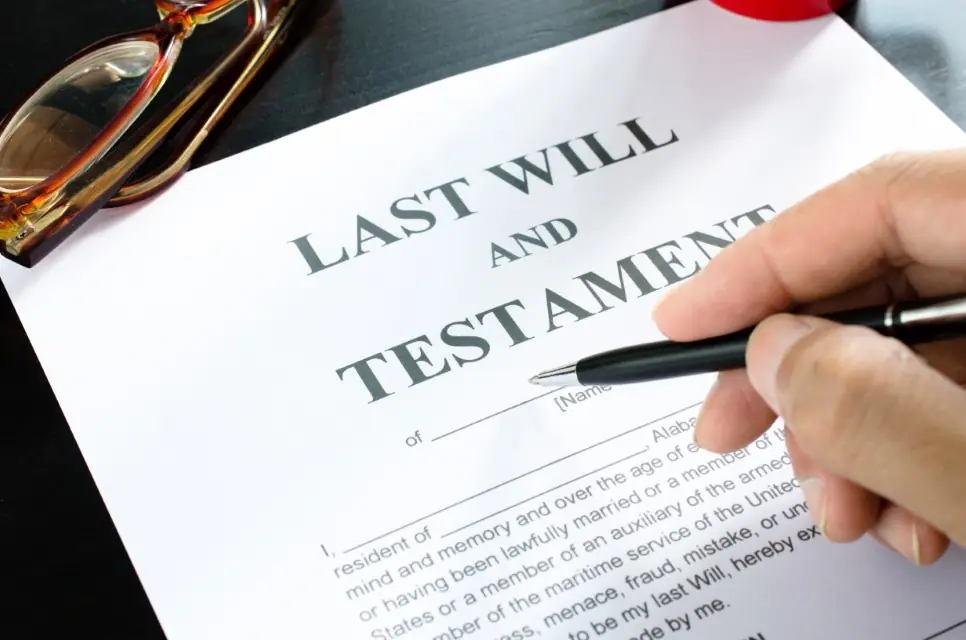With the increase in divorce and remarriage rates, blended families have become more common. While combining families can bring joy, it also presents unique challenges when it comes to estate planning. Careful consideration of the interests of all family members is necessary to ensure harmony and avoid potential conflicts.
Defining the blended family
A blended family forms when divorced or widowed parents come together to create a new family unit. This brings children from previous relationships into the same household. While blended families are as equally valid as traditional nuclear families, the complex relationships involved require special estate planning measures.
Understanding common goals
Open communication is key to identifying shared objectives. Gaining insight into how all members of the blended family envision asset distribution after death prevents misunderstandings down the road. While a parent will naturally want to provide for their biological children, excluding stepchildren can breed resentment.
Updating beneficiaries
Once common goals are established, revisiting beneficiary designations is essential. Many people forget to update beneficiaries after divorce or remarriage. Failure to revise beneficiary listings on retirement accounts, life insurance policies, and other assets means they may pass to unintended recipients. Updating beneficiaries ensures estate assets go where intended.
Considering separate and community property
In community property states, assets acquired during a marriage are considered jointly owned. This means a spouse has a legal right to 50% of community assets. Separate property owned prior to marriage or received as an inheritance is not community property. Estate planning should address who will retain control of any separate property after death.
Drafting a tailored estate plan
Blended family dynamics often benefit from customized estate planning strategies. For example, a revocable living trust can provide control over distribution of assets. Unlike directly passing property through a will, a trust allows specific instructions on how and when beneficiaries receive their inheritance. This helps prevent disputes over asset division.
Other strategies like creating a life estate deed allow a parent to leave property to biological children while still allowing a surviving spouse to remain in the home. This balances the interests of both spouses and children who stand to inherit the property after the death of both parents.
Examining inheritance concerns
A common concern is how to provide for minor children in the event both biological parents pass away. Establishing a guardianship is critical to ensuring appropriate care for minors. If stepparents are named as guardians, inheriting assets can help fund costs raising the children.
Late in life marriages present another consideration. Children from a previous marriage may fear a new spouse will spend down all assets. A surviving spouse may also worry about providing for themselves if assets pass solely to stepchildren. Tools like QTIP trusts help guarantee income for a surviving spouse while preserving assets for stepchildren.
Involving all members of the family
To help alleviate concerns, involve all adult members of the blended family in the estate planning process. This promotes open conversation about asset division. While uncomfortable, discussing death and incapacity planning reduces potential for bitter conflict and mistrust.
An estate planning attorney who routinely works with blended families is equipped to facilitate productive discussions. They can also tailor solutions addressing priorities like caring for young children, providing for special needs family members, and balancing inheritances.
The bottom line
Blending families brings rewards and challenges. Open communication and customized estate planning help ensure fair treatment for all family members. Involving legal guidance experienced with unique blended family dynamics can facilitate effective solutions. With proper planning, estate assets can be distributed harmoniously.







